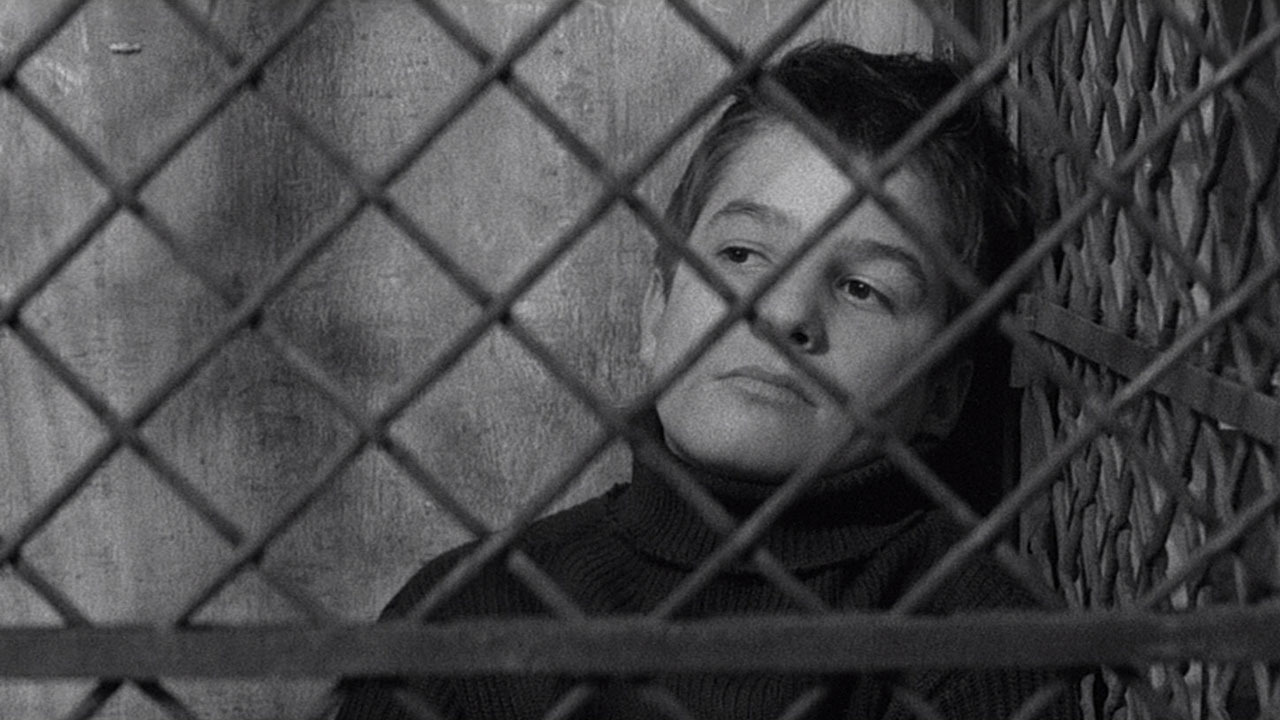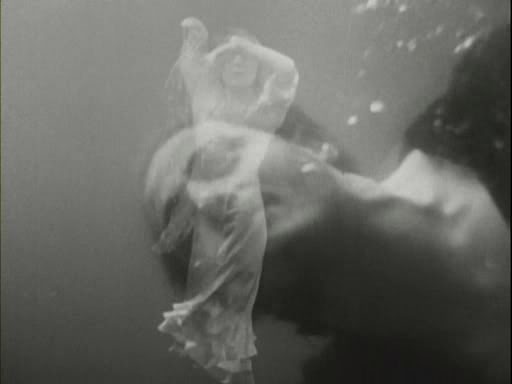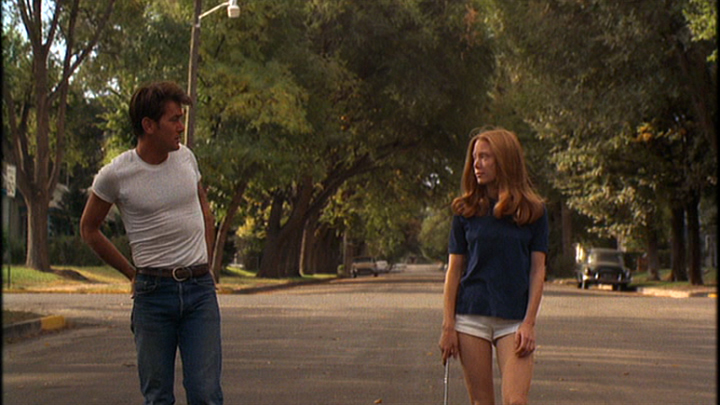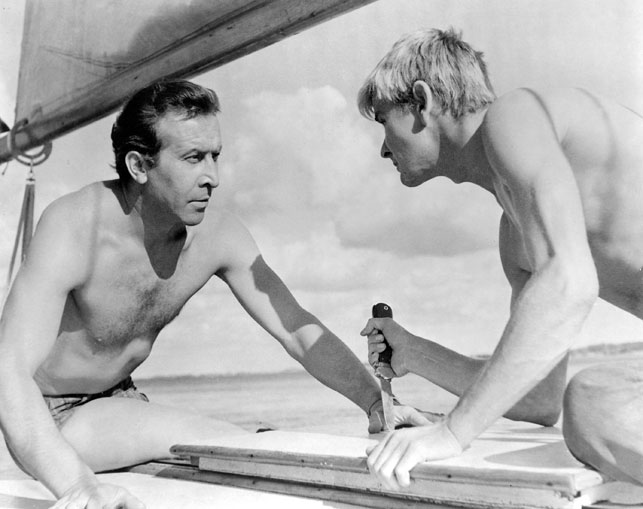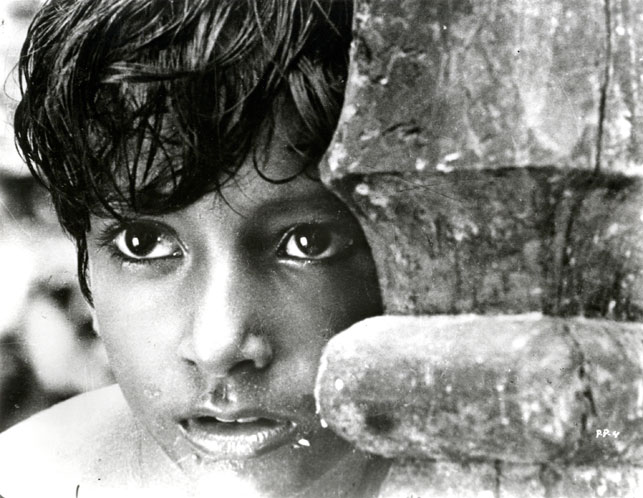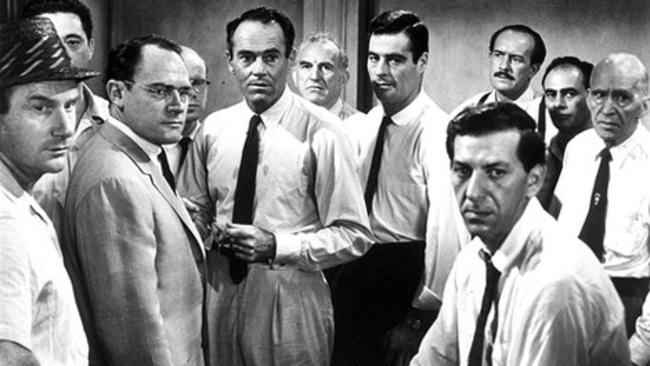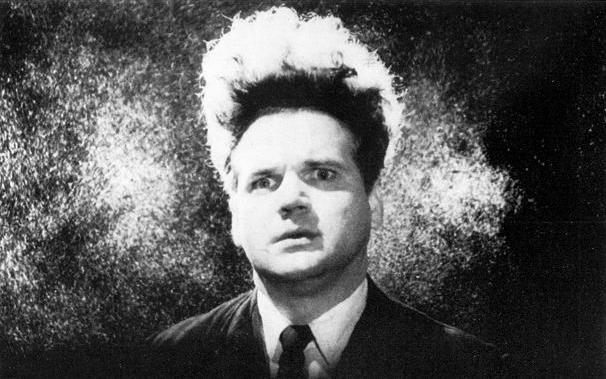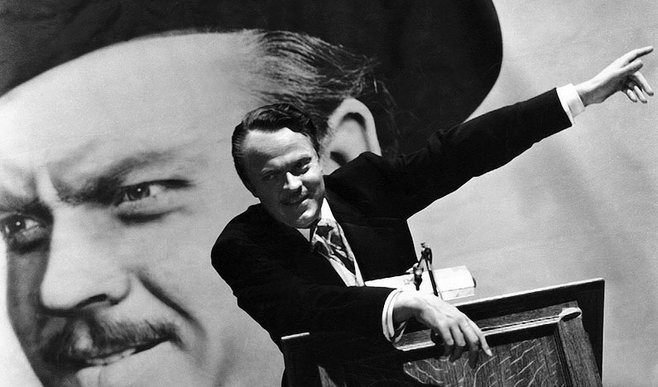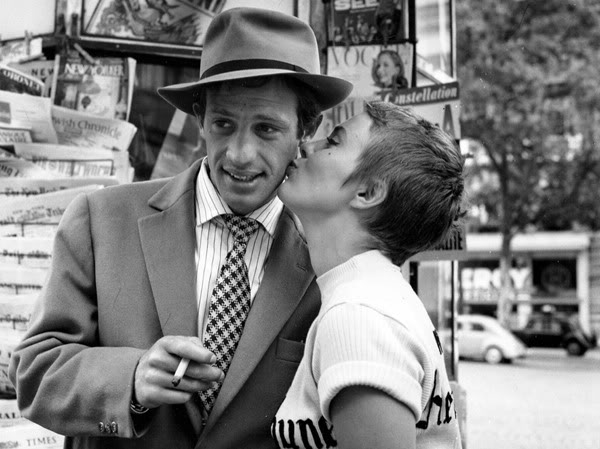10. Les quatre cents coups (Dir. François Truffaut, 1959)
François Truffaut began a cinematic revolution when he introduced the world to Antoine Doinel (Jean-Pierre Léaud), the central character of Les quatre cents coups (The 400 Blows). The film chronicles Doinel’s rebellious nature, which annoys his parents, perturbs his teacher, and lands him in a juvenile detention center.
The film garnered Truffaut the Best Director Award at Cannes (even though a year earlier he was banned from the film festival) and introduced cinephiles to the French New Wave. Truffaut would never be as experimental as his colleague, Jean-Luc Godard, but he still managed to capture a playful energy and a love of cinema, which would aid him in his various endeavors.
9. L’Atalante (Dir. Jean Vigo, 1934)
Jean Vigo’s debut feature (which was his last film before his death) is a lyrical portrait of Jean (Jean Dasté) and Juliette (Dita Parlo). The two lovers marry and live aboard the titular ship, but their hectic environment puts a strain on their relationship.
L’Atalante features some of the most breathtaking scenes in cinematic history, including one in which Jean sees an image of Juliette in the water. These images are bittersweet as they remind cinephiles of the talent that was lost with Vigo’s unexpected death.
8. Badlands (Dir. Terrence Malick, 1973)
Malick’s poetic career began with Holly (Sissy Spacek) and Kit (Martin Sheen), the two lovers at the center of his debut film, Badlands.
The film is a unique experience in Malick’s oeuvre, and though it never tries to reach the transcendental style of films like The Tree of Life (2011) or The New World (2005), it captures the darker side of suburbia and shows two young characters whose boredom leads to rebellious behavior. It is an influential film that gave the film industry a taste of what Malick had to offer.
7. Noz w wodzie (Dir. Roman Polanski, 1962)
Everyone has his/her own opinions in regards to “Roman Polanski, the man” vs. “Roman Polanski, the artist.” In spite of the personal qualms many have about his more controversial past, it is hard to argue that he isn’t a talented director. He exhibited this talent in his first feature,
Noz w wodzie (Knife in the Water) a tense thriller about a married couple trapped on a boat with a hitchhiker. Even in his first feature, Polanski managed to capture a psychological landscape filled with paranoid characters (an element Polanski would transpose onto many of his critically-acclaimed masterpieces).
6. Pather Panchali (Satyajit Ray, 1955)
Satyajit Ray created one of the most influential/iconic Bengali films in cinematic history. Making the best use of his production limitations (including a limited budget), Ray created a heartbreaking examination of a poor child living in Bengal.
The film not only introduced Satyajit Ray to international film audiences, but it also helped construct the critically-acclaimed Apu Trilogy, which would follow its central character from childhood into adulthood.
5. 12 Angry Men (Dir. Sidney Lumet, 1957)
Lumet’s first feature is an exquisite examination of paranoia and prejudice in enclosed settings. 12 Angry Men follows 12 jurors as they deliberate the fate of a Hispanic boy who is accused of killing his father.
The film makes great use of its singular setting, allowing the camera to encroach upon the jurors as the deliberate and fight. Lumet was nominated for the Academy Award for Best Director, and though he would lose the trophy, he would still go on to have a remarkable career characterized by numerous masterpieces.
4. Eraserhead (Dir. David Lynch, 1977)
Before he became the infamous director who created the worlds of Blue Velvet (1986), Wild at Heart (1990), and Mulholland Drive (2001), David Lynch was a novice filmmaker who was struggling to create his first feature film.
With a lot of patience (and help from his friends, Jack Fisk and Sissy Spacek), Lynch eventually created Eraserhead, a strange and surreal portrait of a man (Jack Nance) dealing with the industrialized nature of his existence, the annoying cries of his monstrous child, and his failing relationship with his girlfriend. The film proved to be a success on the midnight circuit, and helped the director to get a foot in the door for his other projects.
3. L’age d’or (Dir. Luis Buñuel, 1930)
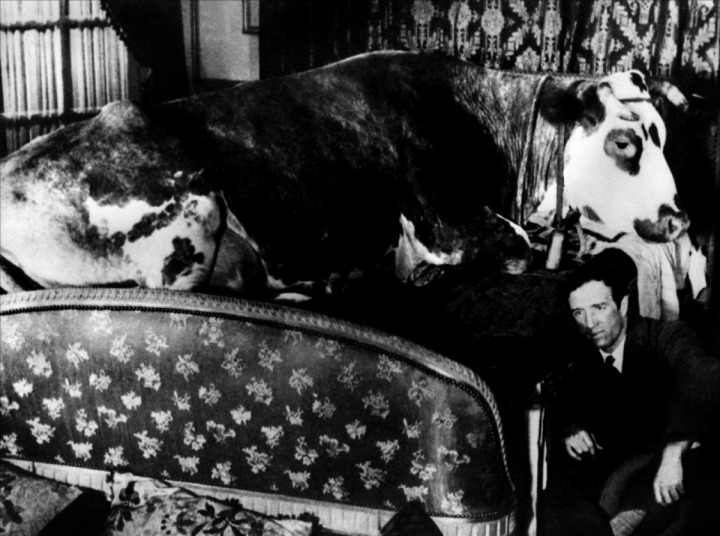
Following the success of Un Chien Andalou (1929), Luis Buñuel created L’age d’or (The Golden Age), a controversial feature that plays with generic conventions, sexuality, and fetishes. The loose narrative follows two lovers whose amorous encounters are thwarted by a series of strange incidents.
The film features some of Buñuel’s most provocative imagery, including a scene in which the Young Girl (Lya Lys) fellates the toes of a statue. Though L’age d’or initially provoked hostile reactions from its viewers, it has since been re-evaluated and ranks highly amongst Buñuel enthusiasts.
2. Citizen Kane (Dir. Orson Welles, 1941)
Nope, Citizen Kane does not rank in the number 1 spot on this list.
Welles’ tale of the death of a wealthy newspaper tycoon – whose dying word, “Rosebud,” is the catalyst for the plot – is an iconic film in world cinema. Even you are not the biggest fan of Citizen Kane, you can still appreciate Welles’ wealth of talents as a writer, director, actor, and overall auteur. The film is a testament to Welles’ genius, even though his eccentric behavior would later land him in hot water with major studios.
1. A bout de souffle (Dir. Jean-Luc Godard, 1960)
Film lovers often quip that “there was before Breathless, and there was after Breathless.” Godard’s debut feature is an explosive experimentation in form and content, creating an intriguing story about a gangster (Jean-Paul Belmondo) hiding out with his American girlfriend (Jean Seberg).
Although Belmondo became the epitome of cool and Seberg was at the forefront of fashion, it was Godard who warranted the most notoriety by taking “film grammar” and turning it on its head. Godard’s playful experimentation would continue well into the late 1960s, but it would take a turn for the political by creating films out of modes of cinematic displeasure.
Author Bio: Jose Gallegos is an aspiring filmmaker with a B.A. in Film Production/French from USC and an M.A. in Cinema, Media Studies from UCLA. His main interests are the French New Wave, Left Bank Cinema, and Spanish Cinema under Franco. You can read his film reviews at nextprojection.com and view his film poster collections at discreetcharmsandobscureobjects.blogspot.com.
